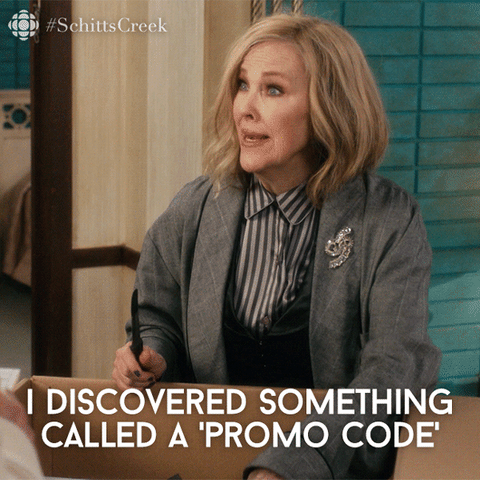THE ‘B’ WORD AND I AIN’T TALKING ABOUT FEMALE DOGS!
- Tara Pellegrino
- Apr 8, 2020
- 3 min read
The B word. Almost as bad as me calling you a female dog. Some people are great with it others not so much. What am I talking about? The other dreaded word….BUDGET. Creating a budget for your shampoo is really important. It will help you better manage your products, save money in slower months and not wash your profits down the drain….literally.

Know What You Spend
The best way to manage this ongoing expense is to keep track of it on a monthly basis. If you do your own bookkeeping or if you have an accountant, check out what you spend and compare that to the seasonal ebbs and flows of your business. With a little math, you can accurately set a monthly shampoo budget that will keep your cash flow in check and avoid having stacks of gallons in your bath house!
‘I Have Not Been Tracking This Expense’
No problem! Contact each vendor you purchase shampoo from and ask for a monthly breakdown. They might just send you your past invoices. Look at the dates of purchase and how much you bought. Do you remember when business was slow and you had to buy $400 worth of products? Ouch! With a little system in place, you will not be in that situation ever again!
Start by recording your purchases in an Excel spreadsheet. Record the following:
Date of Purchase
Number of Gallons
Total Amount Spent
Shipping Costs
Plan Ahead
So now you have an idea of what you spend monthly. As your business grows, your cost of products will go up as well. For example, if you are growing 10% a year, add 12% to your shampoo budget, just to be safe. Also plan for busy and slow times. We recommend to our clients to buy 1 extra gallon of shampoo during each of your busy months that way you will have a reserve when the slowdown starts. The last thing you want is to have a monster shampoo bill on your hands when the phones aren’t ringing, the dogs are trickling in and your wallet is thin. One extra gallon purchased in the busy season could equal 4-5 extra gallons to use later. This is a start to good budgeting practices.
The Cost to Do Business
Let’s face it, there are just some expenses that fluctuate dramatically throughout the year. Payroll and grooming supplies are just a few examples. Sometimes it is easier to have an expense that is constant month to month, like your rent or mortgage because it is easier to plan your money. Analyze your numbers for the year. See what the least amount you spent in a month and also the most. Find an average and stick with that. For example, if you spent $0 in July and $300 in November, but you typically spend $185 a month, budget for $210 a month. Even if you don’t spend $210, take the extra money and put it in a savings account. That way you will have the money when money is tight. This is a Cash Buffer. Buffers are good! Buffers start with ‘B!’ <wink wink>

Deals and Specials
Ask your vendors when they run the best deals and then plan ahead to get products during that time. This is where setting aside some money as a buffer can really help. For example, we run a year-end special that starts in November that is the best deal of the year. Clients that take advantage of these savings can really stock up for January and February. Finally, attend some trade shows – all the vendors offer amazing savings at these events.
Make it a Habit
They say if you do something for 66 days it becomes a habit. Planning your shampoo budget is not a daily occurrence but it is something you should do monthly. Sit down, do it once and then spend 10 minutes at the end of each month analyzing your numbers. Know what you want to spend, and stick to it. If you realize you misjudged and you are running low, don’t freak out! Break out that shampoo you really don’t like and use it to get by. You know the stuff that is sitting there, taking up space near your tubs or in the storage room? Use it, adjust your budget for next month and move on. Before you know it, you will have an easy system in place, more cash on hand and less stress all around. Purchasing shampoo the correct way will really add more money to your bottom line.



Comments